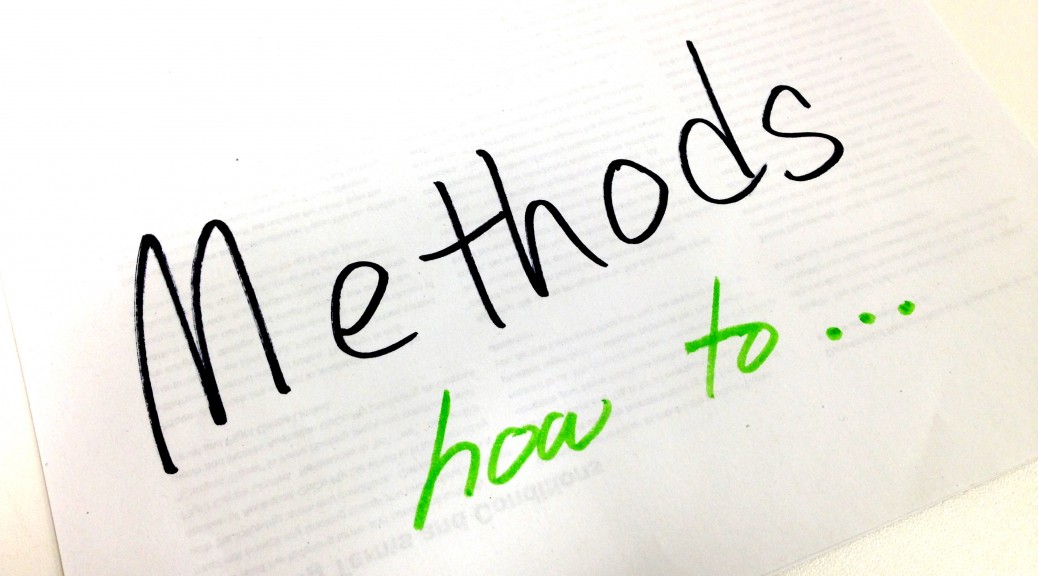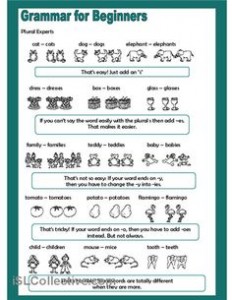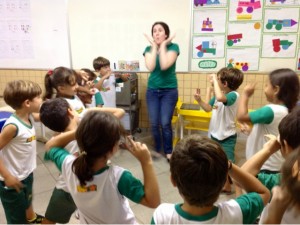The Direct Method
The teaching is done entirely in the target language for the Direct method. Sometimes it’s referred to as the Natural Approach. Also, the learners are not allowed to speak with primary language, and thus, grammar rules are avoided. This requires a lot more attention in guiding through the students with the words being learnt and the application of it.
This method is most effective with smaller size student groups as well as higher risk taking students. It is not effective if the students could social loaf with the presence of other students in the group, as in, still get by without participating in direct conversation using the targeting language.
Grammar-translation
This method of teaching focuses on memorization of vocabulary and translations from mother tongue to target language. Sometimes you may hear some people refer to this method as the Structural Method.
I find that this repetitive and easily achievable task will provide students with zero English speaking skills to gain confidence the most efficient way, without major setback to reputation in the student’s class nor their self-image.
This would not be the most ideal method to address higher language learners due to the simplicity and literal nature of it.
Audio-lingual
This method focuses on learning a language by the means of generating habits.
This is the method that focuses on listen, speak and repeat before providing the textural visual support. In the prevention of an incorrect preconception of how each alphabets are read, it is very important to say the word, and then show or write the word’s visual representation. Otherwise, students could be pronouncing the words incorrectly by bypassing your modelling.
Suggestopedia
The theory behind this method is that a language can be acquired only when the learner is emotionally serene and ready to learn without any sort of mental blocks. The best example is meeting up in the coffee shop where the environment is calming and background white noise is there to release the tension of doing a one on one learning.
Total Physical Response (TPR)
TPR works by having the learner respond to simple commands such as “Wave”, “close the door”, “come closer towards me, then step back.” The method stresses the importance of aural comprehension.
The difference between a TPR and the audio-linguistic method is that in audio-lingual approach the students learn to align aural knowledge with textual language. However, the TPR focuses on physical responsive in learning.
Communicative language teaching (CLT)
This method encourages the learner to communicate effectively and appropriately in various situations. Usually the student shows signs of interests in different fields. The contents of CLT are inviting, suggesting, complaining or notions such as the expression of time, quantity, location.
The Silent Way
This approach focuses on the students’ involvements with one another. In fact, this will help manage the major aspect of the learning process. Students will build confidence, community, and coordination between all the students who were able to participate or observe.
In the TESOL vocabulary, Student Talk Time (STT) is consider the most important part of acquiring English. Keep in mind, that this is a student-lead approach, and modelling is strongly advised from the teacher to make sure that this activity will carry out accordingly.
Community Language Learning
This method focuses on building the relationship between the teacher and the student. Similar to suggestopedia, it is vital to have students feel like they are comfortable. This method also slightly covers grammar-translation because the teacher would directly translate the vocabulary for the students sometimes.
The key is to build unity between the student the teacher. The seating arrangement would be a closed circle, and the teacher takes up one seat as well.
Task-based language learning
The method of language-body conversation by dramatizing the major terms learned or used for the day. To use this method, bring your student to the real life activities and make sure you frame it so that they will be able to repeat the test and find consistent outcome.
This method is very practical and hands-on, especially for students who are much older and learning the major words for functionality.





ELL methods are essential for optimizing performance in various engineering fields, and Keentel Engineering applies these methods to deliver top-tier results. By focusing on efficient strategies and detailed planning, Keentel Engineering ensures that every project meets the highest standards. Their expertise in ELL methods allows them to tackle complex engineering challenges with precision and reliability.
Drive with confidence! Our car Rapido Garage in Dubai ensure safety, performance, and durability for all vehicle models.
From sofas to bedroom sets, our furniture showroom Lahore brings you durable and stylish options for every space.
Ultra High Purity Gas Delivery System is needed in industries like semiconductor, chemical, and medical. Each field depends on accurate gas flow to maintain quality and performance.
MOI Qatar ID Check helps you verify your Qatar ID status online by entering your QID or passport number through the MOI portal or Metrash app. This simple …
When you want your vehicle to stand out, Auto Detailing Shelby provides unmatched results. Skilled technicians carefully restore and protect every inch of your car, from leather seats and carpets to the paint and wheels. Unlike a quick wash, detailing delivers long-lasting protection through waxing, polishing, and coatings. Shelby residents rely on auto detailing to preserve their cars and keep them looking showroom-ready year-round.
Great breakdown of the Direct Method vs. Grammar-Translation! The contrast between natural immersion and memorization-based learning really highlights how different learners benefit from different approaches. Smaller, motivated groups definitely get more out of the Direct Method, while Grammar-Translation still works well for structured vocabulary and rule-based learners.
If you’re exploring more language-learning insights or tools, feel free to check this out: https://bottleneckscalculators.com/
Lmra Visa Check by cpr. View LMRA Visa details.
Many of the methods discussed here highlight how important creativity is when helping learners engage with language. I’ve been exploring different tools that support this idea, especially ones that make language practice feel more interactive.
If anyone works with students who enjoy music-based activities, using a brat generator lyrics
style tool can be surprisingly effective for vocabulary play and themed writing tasks. It adds a fun element while still keeping the focus on language development.
A Specialty Gas Regulator is an important tool in many labs and cleanrooms. It helps control gas pressure in a safe and steady way. Many workers in science labs and tech labs use this tool each day. It keeps gas flow smooth and keeps people safe. This guide will help you understand what it does how it works and why it is trusted in many important places.
How to Check Your NID Card Online in Bangladesh? You can easily check your National Identity (NID) card
RTA Fine Check and Traffic Violation Documentation Clarity. People often need clear guidance when dealing with RTA fines and traffic violation checks.